Making tomato leaf fertiliser is an eco-friendly and effective way to enrich your garden. Used as a natural fertiliser or pest repellent, tomato leaf fertiliser aligns with sustainable gardening practices, promoting plant health without resorting to chemicals. This tutorial will guide you through simple steps to prepare your own tomato leaf fertiliser, sharing tips to maximise its effectiveness. Whether you're a novice or experienced gardener, discover how to transform tomato residues into a valuable garden resource.
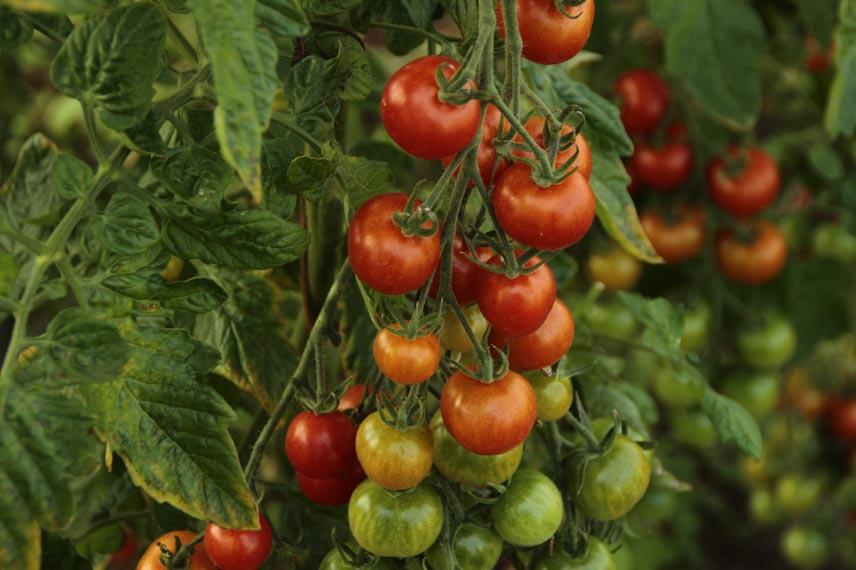
What is tomato leaf fertiliser?
While nettle fertiliser is well-known among gardeners, tomato leaf fertiliser is less discussed yet equally beneficial.
Tomato leaf fertiliser is a decoction made from the green parts of healthy tomato plants. When pruning your plants, collect as many suckers as possible (stems growing in the axils of leaves) to use in the preparation.
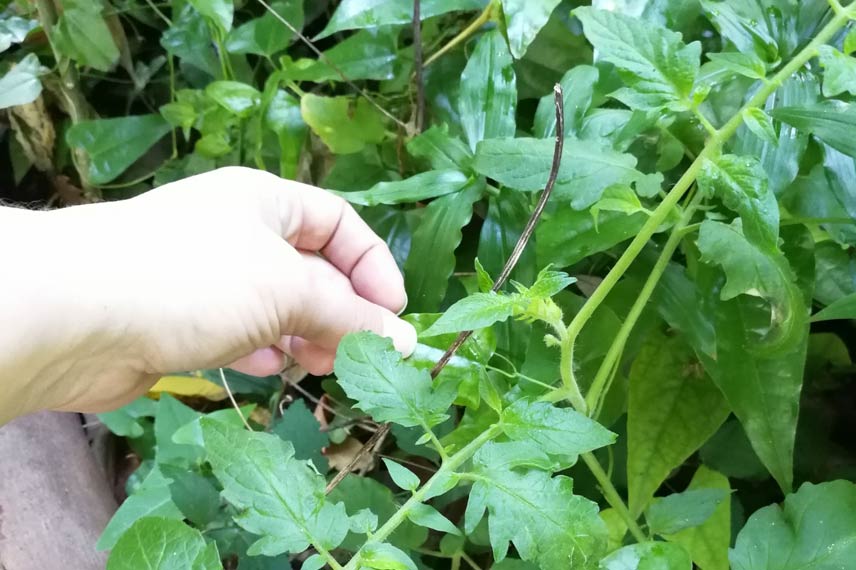
© anabela2 - Inaturalist
Suckers are the secondary stems of tomato plants that don't bear fruit but can be fermented in water (preferably rainwater) to create a fertilising, repellent and insecticidal decoction. Indeed, suckers are rich in active compounds perfect for making fertiliser.
Tomato leaf fertiliser recipe
Ideally, use mainly suckers to make tomato leaf fertiliser. You can also use leaves from your plants. In this case, only select healthy leaves with a good green colour, preferably young ones.
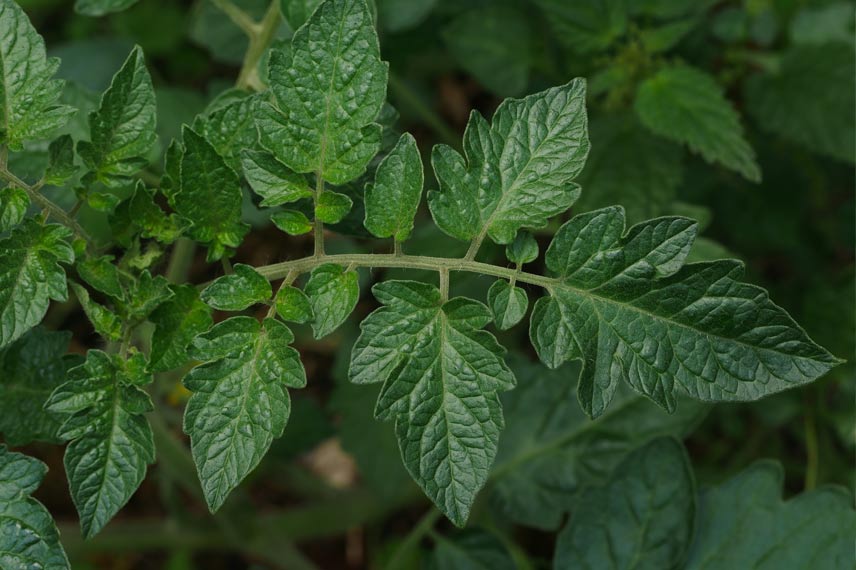
Healthy tomato leaves - © Alexis Orion - Inaturalist
Remember: whether using suckers or foliage, ensure your ingredients are completely disease-free. Otherwise, your fertiliser may spread diseases to other plants when used.
Ingredients for tomato leaf fertiliser
- 1 kg of tomato leaves or suckers,
- 10 litres of rainwater.
Equipment
- 1 sharp knife,
- 1 large wooden or plastic* bucket with lid,
- 1 watering can.
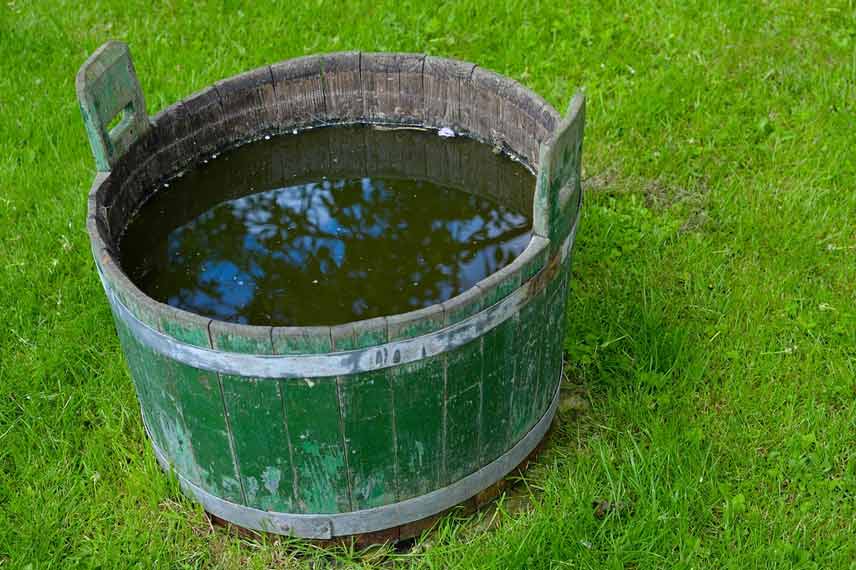
*Avoid metal containers due to potential oxidation. This advice applies to all types of plant fertilisers.
Preparing tomato leaf fertiliser
- Start by chopping the leaves and suckers with the knife.
- Place the plant material in the bucket.
- Pour rainwater over the leaves and suckers.
- Cover the bucket as tightly as possible.
- Leave to steep for about 4 days (duration may vary with temperature).
- Stir once daily and monitor the fermentation bubbles. When these disappear, your fertiliser is ready.
- Strain the liquid and pour it into opaque containers.
- Store the fertiliser in a cool place like a cellar or garage.
When and how to use tomato leaf fertiliser?
There are three main uses for homemade tomato leaf fertiliser: as fertiliser, repellent or insecticide.
As fertiliser
Mix 1 litre of fertiliser with 3 litres of rainwater in a watering can. Every fortnight, use this mixture to water around plant bases. This fertiliser works particularly well for tomatoes, cabbages and squashes. While effective, you may not use it long-term due to the large quantity of suckers needed per litre.
As repellent and insecticide
Naturally repellent, tomato leaf fertiliser effectively deters pests like carrot flies and cabbage whites. It also works as a curative treatment against aphid infestations.
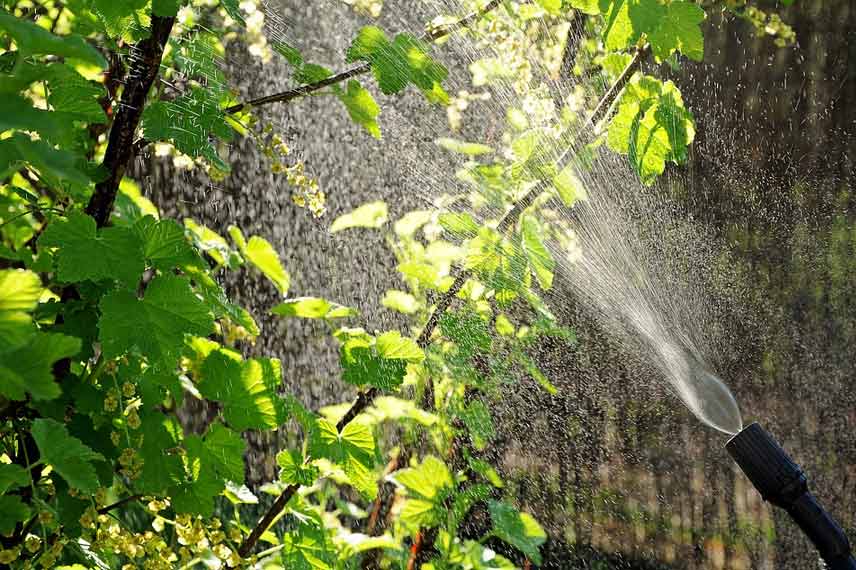
Use undiluted fertiliser in a sprayer, applying directly to plant foliage at the first sign of pests. Repeat applications every 2-3 days while the threat persists.
































Comments